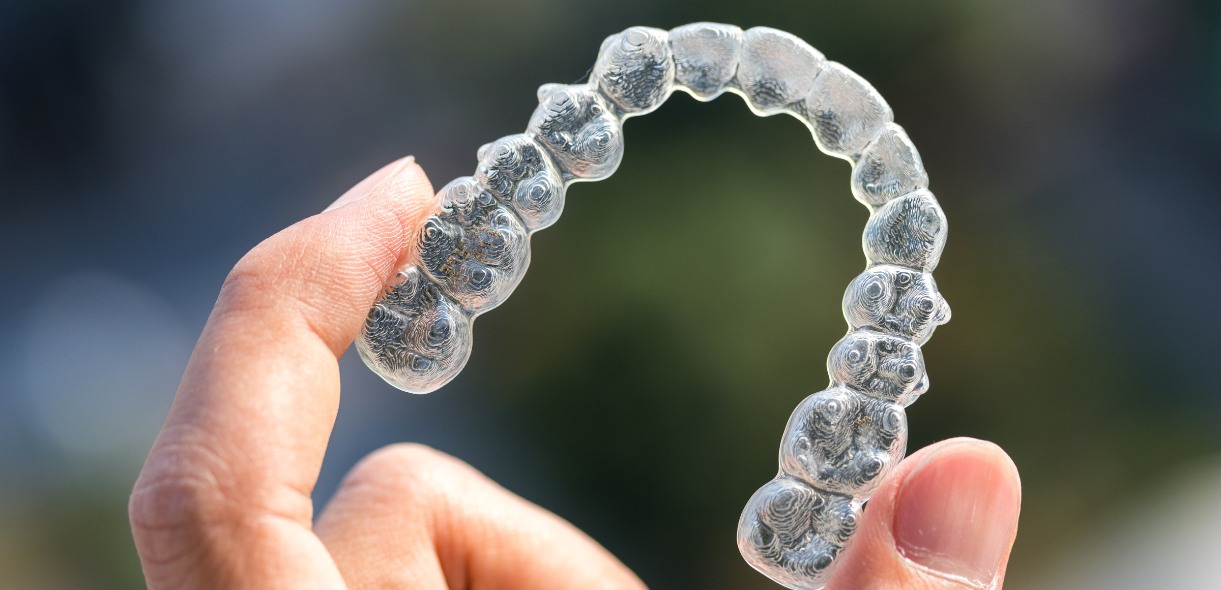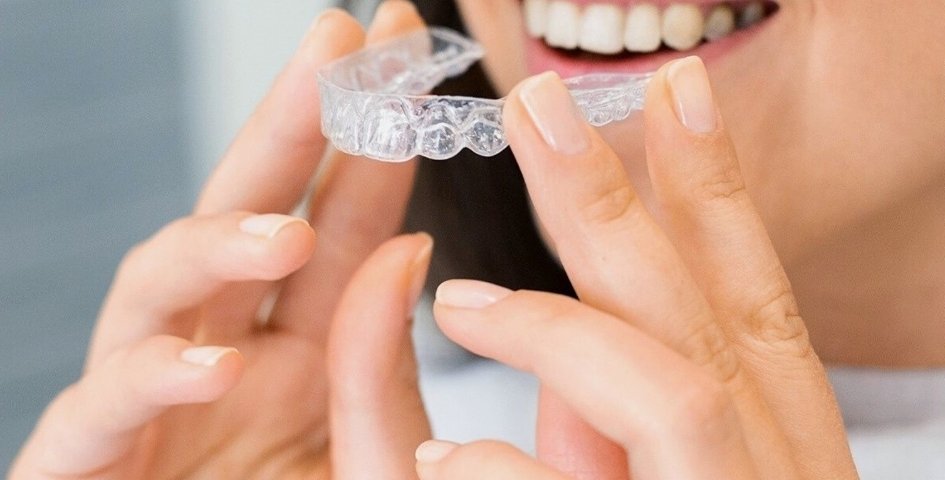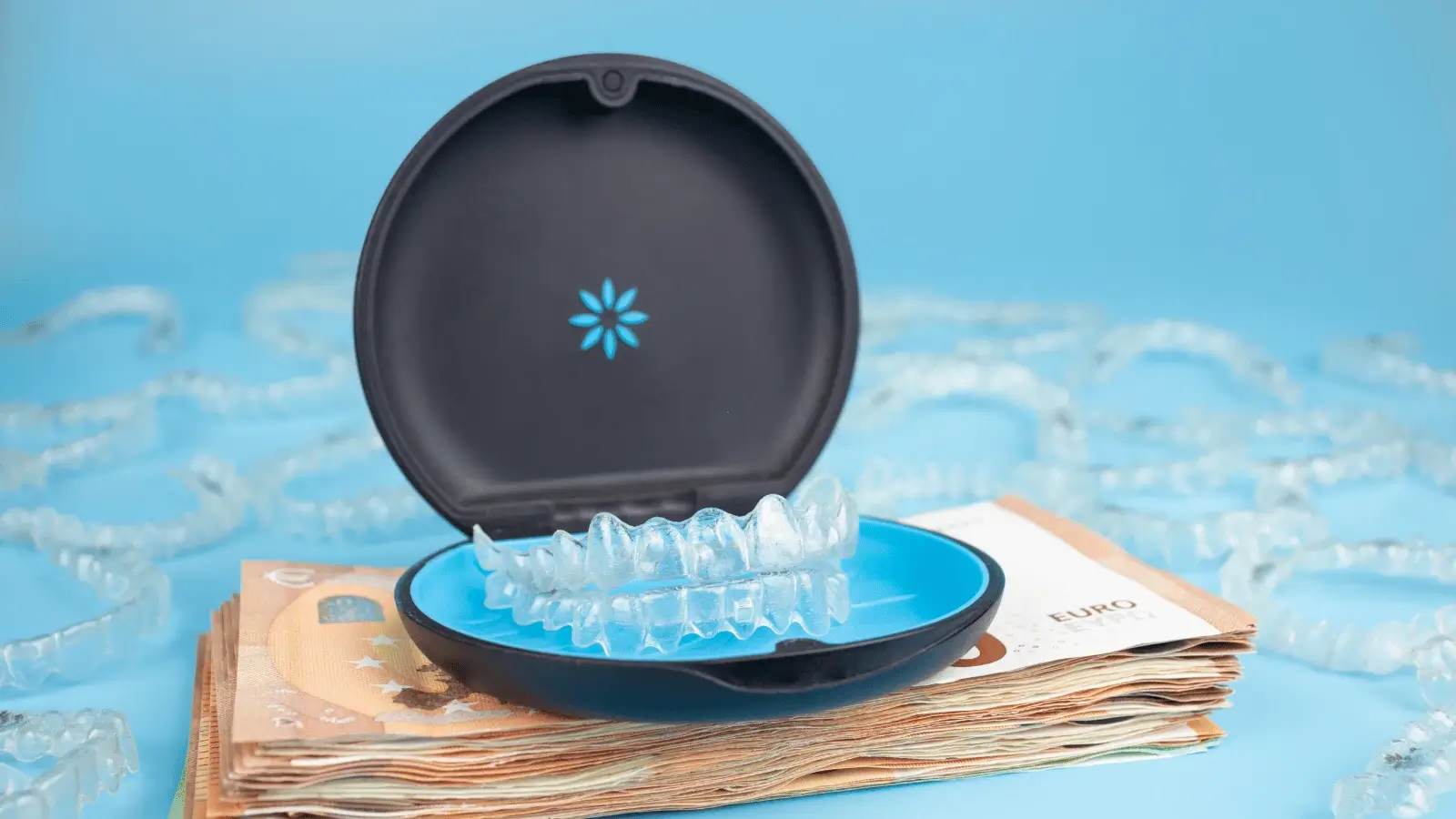
In the modern reality, it is easier than ever to have a perfect smile, and it is all thanks to the development of dental technology. One of the revolutionary procedures that have recently gained popularity is Invisalign. If you are contemplating teeth straightening, it is crucial to have a general understanding of what Invisalign is. Here are five essential questions to consider:
What is Invisalign?
Invisalign is relatively modern orthodontics, which is designed to straighten teeth without brackets and wires. Instead, it features clear custom-made aligners that few people can see or notice, making them more preferable for most individuals.
Definition and Purpose of Invisalign
created from a smooth, BPA-free plastic material, Invisalign is a much more comfortable, and subtle option to braces. They are made specifically to the shape of your teeth, fitting securely over them and gradually moving them into the correct place.
How Invisalign Works
You’ll get a series of aligners throughout the process. Every aligner takes you a step nearer to your ideal smile and should be produced slightly different from the last. You switch to a new aligner every three weeks or so.
Benefits of Choosing Invisalign over Traditional Braces
Invisalign offers many advantages over traditional braces, including improved aesthetics, greater comfort, and the ability to remove the aligners for eating and oral hygiene. Additionally, Invisalign aligners typically require fewer visits to the orthodontist for adjustments, saving you time and hassle.
The Process of Getting Invisalign
Beginning your Invisalign process involves seeing an accredited orthodontist or dentist trained in delivering Invisalign.
Consultation and Treatment Planning
During your first appointment, your practitioner will assess your teeth and determine if you are candidates for Invisalign. They will establish a treatment plan for the treatment based on your formula.
Fitting and Use of Invisalign Aligners
Once your treatment plan is established, impressions or digital scans of your teeth will be taken to create your custom Invisalign aligners. You’ll wear these aligners for 20 to 22 hours per day, removing them only for eating, drinking, brushing, and flossing.
Monitoring Progress and Adjustments
Throughout your treatment, your orthodontist will monitor your progress and make any necessary adjustments to ensure that your teeth are moving according to plan. You’ll typically have periodic check-up appointments every six to eight weeks.
Who is a Good Candidate for Invisalign?
Invisalign is suitable for many individuals seeking orthodontic treatment, but certain factors may influence candidacy.
Age Restrictions for Invisalign Treatment
Although Invisalign is appropriate for patients of a wide age group, it may not be the best solution for very young children whose teeth are in the developing stage. Invisalign is suitable for teenagers and adults.
Types of Dental Issues Invisalign Can Address
Invisalign is effective for correcting various dental issues, including crowded teeth, gaps between teeth, overbites, underbites, and crossbites. However, severe cases may require alternative treatments.
Considerations for Individuals with Certain Dental Conditions
Individuals with certain dental conditions, such as gum disease or untreated cavities, may need to address these issues before starting Invisalign treatment. It’s essential to discuss your dental history and any concerns with your orthodontist.
Maintaining and Caring for Invisalign Aligners
Proper maintenance and care are crucial for ensuring the effectiveness of your Invisalign treatment and preserving the lifespan of your aligners.
Cleaning and Storing Invisalign Aligners Properly
To get your aligners clean and clear: Rinse them daily with lukewarm water and brush them gently with a soft toothbrush. Hot water or harsh cleaning products can damage the aligners.
Tips for Ensuring Invisalign Effectiveness
Follow your orthodontist’s instructions carefully, which can include wearing your aligners for approximately 22 hours a day and changing them each week. Do not eat or drink anything while wearing your aligners other than water; this can stain or damage them.
Dealing with Common Issues such as Discomfort or Damage
If you experience any discomfort or damage to your aligners, contact your orthodontist for guidance. They can provide solutions and may need to adjust your treatment plan accordingly.
Cost and Insurance Coverage for Invisalign
Understanding the financial aspects of Invisalign treatment is essential for planning and budgeting accordingly.
Average Cost of Invisalign Treatment
The cost of Invisalign treatment varies depending on factors such as the complexity of your case, your location, and the duration of treatment. On average, Invisalign treatment ranges from $3,000 to $8,000.
Options for Financing Invisalign
Many orthodontic offices offer flexible payment plans or financing options to help make Invisalign more affordable. Additionally, some dental insurance plans may cover a portion of the cost of treatment.
Information on Insurance Coverage for Invisalign
While coverage varies by insurance provider and plan, some dental insurance policies offer partial coverage for Invisalign treatment, particularly for medically necessary cases. It’s essential to review your insurance policy and discuss coverage options with your provider.
Summary: Facts about Invisalign
Invisalign offers a discreet, comfortable, and effective solution for straightening teeth and achieving a confident smile. By understanding the process of getting Invisalign, candidacy criteria, maintenance tips, and financial considerations, you can make informed decisions about your orthodontic care. If you’re ready to transform your smile, schedule a consultation with an experienced Invisalign provider to get started on your journey to a straighter, healthier smile.
Invisalign is a powerful tool for straightening teeth, but it may not be suitable for all cases. Generally, Invisalign works well for mild to moderate orthodontic issues such as crowding, spacing, gaps, overbites, and underbites. If you have severe misalignment, deep bite, complex open bites, or impacted teeth, traditional braces might be a more appropriate course of action. An orthodontist can assess your specific needs and recommend the best treatment option for achieving your desired results.
The duration of Invisalign treatment varies depending on the complexity of your case. Factors like the severity of misalignment and the number of teeth requiring correction will influence the treatment timeline. In general, Invisalign treatment can take anywhere from 6 months to 2 years. During your consultation, your orthodontist will provide a personalized estimate based on your specific needs.
Unlike traditional braces that require careful food selection to avoid damaging brackets and wires, Invisalign offers more freedom. You can remove the aligners for eating and drinking, allowing you to enjoy your favorite foods without restriction. However, it’s important to avoid staining beverages like coffee, red wine, or tea while wearing the aligners, as these can discolor the plastic. Simply remove the aligners before consuming such beverages and brush your teeth before reinserting them.
Regular dental checkups and cleanings are crucial throughout Invisalign treatment. Maintaining good oral hygiene is essential for preventing cavities and gum disease while wearing the aligners. In addition to your regular dental hygiene routine, you’ll typically schedule check-ins with your orthodontist every 4-6 weeks to monitor progress, ensure proper aligner fit, and make adjustments as needed.
While occasional loss or minor damage to an aligner may happen, it’s best to avoid it if possible. Losing an aligner can disrupt your treatment timeline, and continuing to wear a damaged aligner might not effectively move your teeth as planned. If you lose an aligner, contact your orthodontist immediately to discuss options. They may advise moving to the next aligner set early or provide a replacement. For minor damage, they can assess the severity and recommend repair or replacement.


